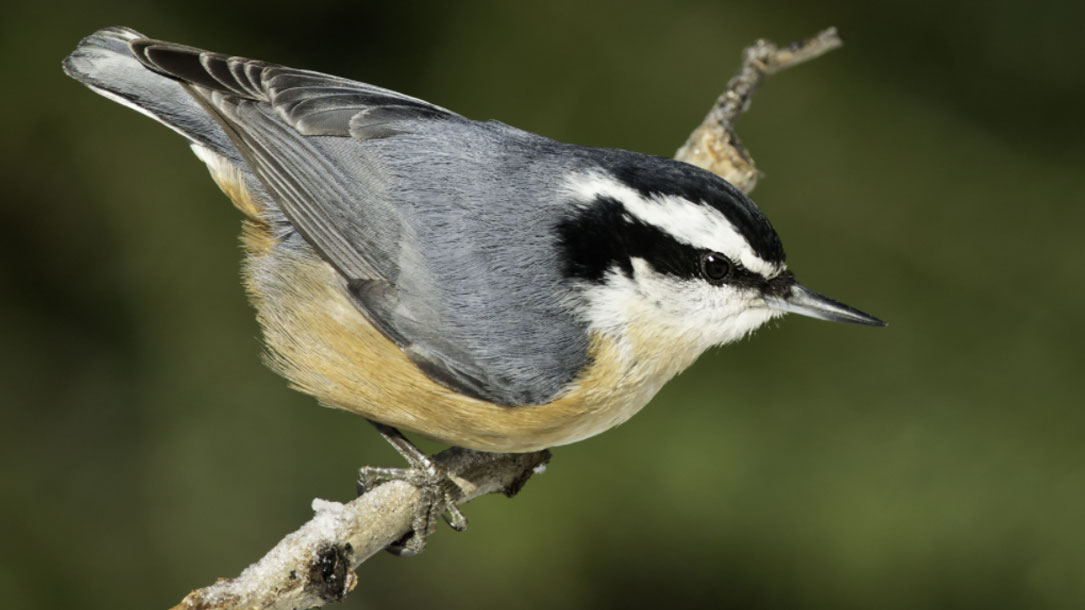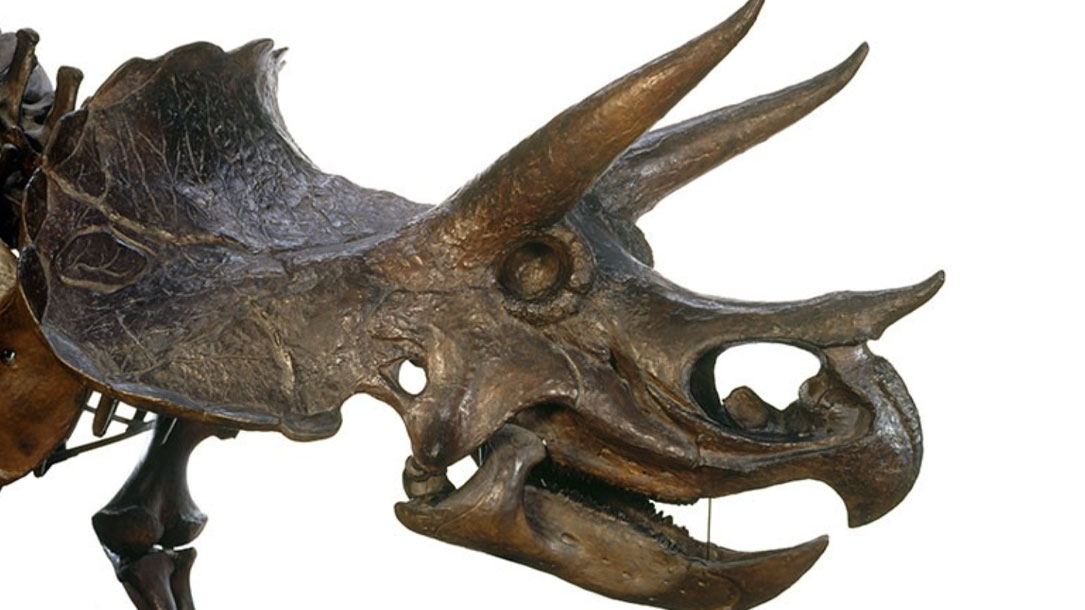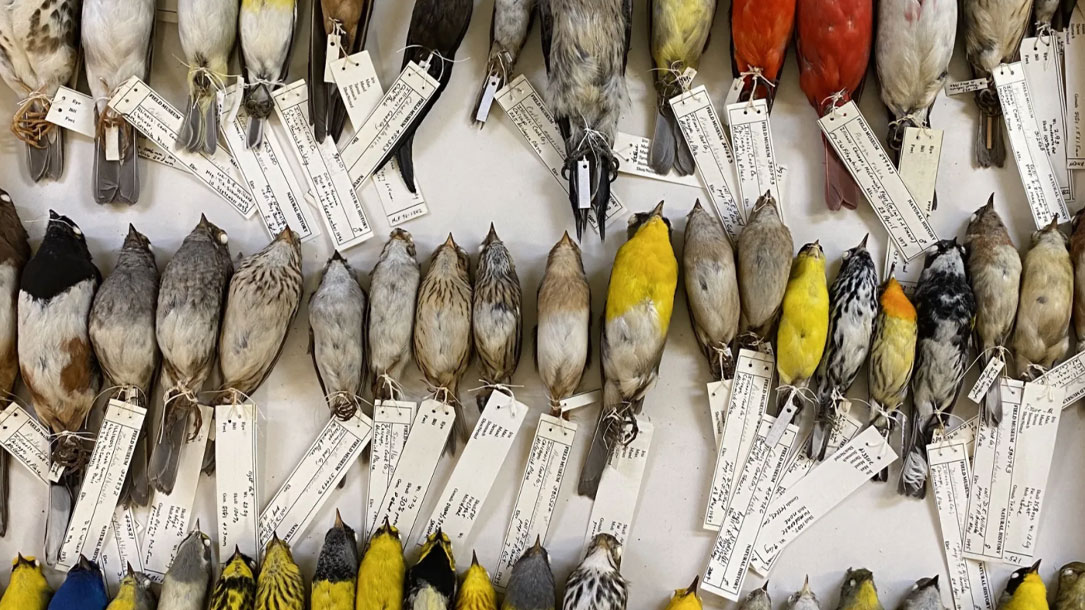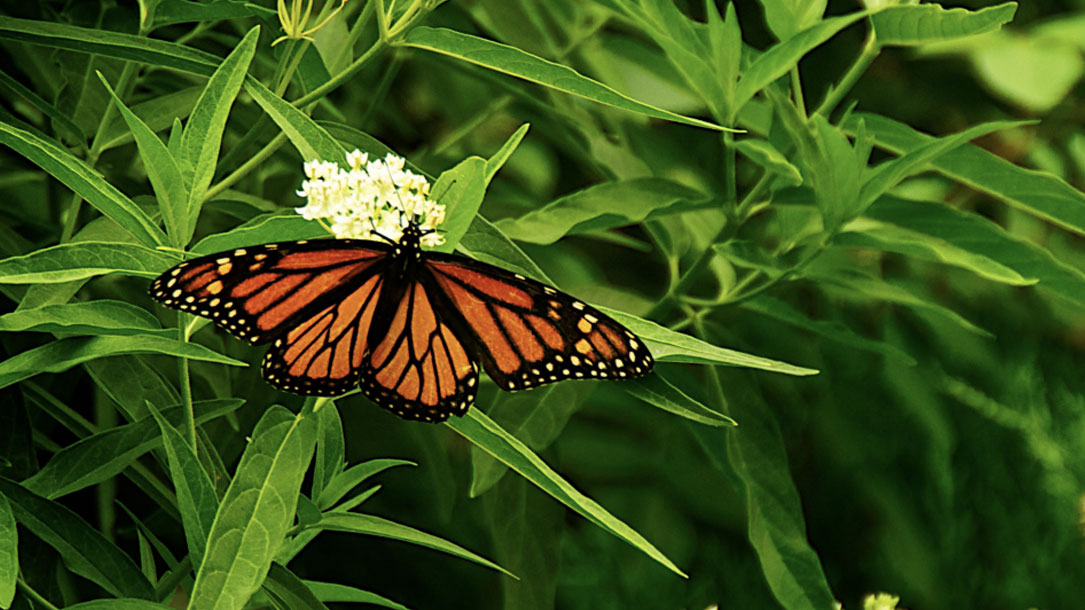
Shared morphological consequences of global warming in North American migratory birds
“Increasing temperatures associated with climate change are predicted to cause reductions in body size, a key determinant of animal physiology and ecology…”

Declining body size: a third universal response to warming?
“Because body size affects thermoregulation and energetics, changing body size has implications for resilience in the face of climate change.”

What is mass extinction and are we facing a sixth one?
“Extinction is a part of life, and animals and plants disappear all the time. About 98% of all the organisms that have ever existed on our planet are now extinct.
When a species goes extinct, its role in the ecosystem is usually filled by new species, or other existing ones. Earth’s ‘normal’ extinction rate is often thought to be somewhere between 0.1 and 1 species per 10,000 species per 100 years. This is known as the background rate of extinction…”

Animals are shrinking. Blame climate change.
Wild animals are already facing a wide range of threats. If they shrink — and especially if they shrink at different rates, as researchers predict — that could push some species even closer to extinction. And it could throw a wrench into ecosystems that humans rely on…

Climate crisis causing male dragonflies to lose wing ‘bling’, study finds
“Male dragonflies are losing the “bling” wing decorations that they use to entice the females as climates get hotter, according to new research.
The results have led to the scientists calling for more work on whether this disparate evolution might lead to females no longer recognising males of their own species in the long run.”

Climate, climate change, and range boundaries
“For the majority of species, boundaries shifted in a direction that is concordant with being a response to climate change; 84% of all species have expanded in a polewards direction as the climate has warmed…”

One-third of all plant and animal species could be extinct in 50 years, study warns
One-third of all animal and plant species on the planet could face extinction by 2070 due to climate change, a new study warns.
Researchers studied recent extinctions from climate change to estimate how many species would be lost over the next 50 years.

Six habitat improvements that are also climate solutions
When you think about who cares about slowing down climate change, don’t forget about hunters, anglers, and those who have a long-standing connection with the land.
There is no one silver bullet nor single set of actions that will turn the tides entirely — climate change can only be addressed with a comprehensive strategy that involves all of us and all the tools we have. Thankfully, this includes habitat conservation measures that are already supported by sportsmen and women.
Here are six habitat improvement strategies that provide this win-win proposition: better hunting and fishing opportunities and fewer climate-change-driven impacts to fish and wildlife….

Monarchs and climate change
“Monarch Butterflies are very sensitive to changes in temperature as they rely heavily on this factor to prompt migration, hibernation and reproduction. Thus, changes in temperature due to climate change are expected to influence and potentially disrupt these critical stages of the butterflies’ life cycle…”

Compounded effects of climate change and habitat alteration shift patterns of butterfly diversity
Climate change and habitat destruction have been linked to global declines in vertebrate biodiversity, including mammals, amphibians, birds, and fishes. However, invertebrates make up the vast majority of global species richness, and the combined effects of climate change and land use on invertebrates remain poorly understood…












